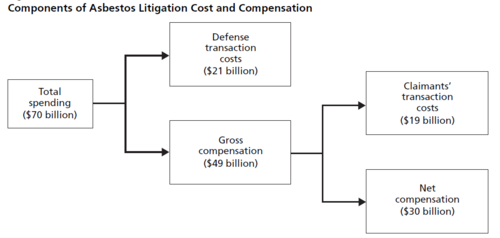Knack's assessments are based on games developed by the company that may be "played" on computers and mobile devices. Interesting, but how do persons with disabilities play these games? How would a blind person play these game? How would a persons with limb paralysis play these games? How would a person with diminished mental capacity play these games? How well would a person who may not be computer literate, an older person for example, play these games? What advantage, if any, does a gaming environment provide for one class of persons (young male online gamer ) versus another (mature female non-gamer)?
Screening Out Applicants
Tests that screen out or tend to screen out an individual with a disability or a class of individuals with disabilities are illegal under the Americans with Disabilities Act (ADA) unless the tests are job-related and consistent with business necessity.
Knack testing relies on gamification. Applicants "play" Wasabi Waiter, Balloon Brigade, and other video games to generate the data used by Knack to identify promising applicants. As noted above, however, the reliance on video games screens out persons with disabilities, whether physical disabilities like blindness and limb paralysis or mental disabilities like diminished mental capacity.
Phrased differently, how would physicist Stephen Hawking, clearly an innovator and high performer, fare in taking Knack's Balloon Brigade? Hawking has a motor neurone disease related to amyotrophic lateral sclerosis, a condition that has progressed over the years. He is almost entirely paralysed and communicates through a speech generating device.
From a practical standpoint, legal claims that an individual with a disability has been screened out do not require a statistical showing of disparate impact, or other comparative evidence showing that a group of disabled persons are adversely affected. The plain language of the law – “screen out or tend to screen out” and “an individual with a disability or a class of individuals with disabilities” – confirm that a claim may be supported by evidence that the challenged practice screens out an individual on the basis of their disability. “In the ADA context, a plaintiff may satisfy the second prong of his prima facie case [impact upon persons with protected characteristic] by demonstrating an adverse impact on himself rather than on an entire group.” Gonzalez v. City of New Braunfels.
Illegal Medical Examination
The ADA prohibits employers, whether directly or via third parties like Knack, from administering pre-employment medical examinations. Guidance by the Equal Employment Opportunity Commission defines medical examination under the ADA by reference to seven factors, any one of which may be sufficient to determine that a test is a medical examination.
Physiological Responses
One of those factors is whether the test measures an applicant's physiological responses to performing a task. EEOC guidance on this issue states:
[I]f an employer measures an applicant's physiological or biological responses to performance, the test would be medical.According to Knack, its test:
leverages cutting-edge behavioral and cognitive neuroscience, data science, and computer science to build games which produce thousands of data points describing how a player perceives, responds, plans, reacts, thinks, problem-solves, adapts, learns, persists, and performs in a multitude of situations.Types of physiological responses include a reaction or response - a bodily process occurring due to the effect of some antecedent stimulus or agent. As noted in the prior paragraph, Knack tests create data points that track how an applicant perceives, responds, reacts, adapts, learns and persists. The Knack test, therefore, is an illegal medical examination under the ADA.
Five Factor Model of Personality
Justin Fox, executive editor of the Harvard Business Review Group, took two of the Knack assessments and received information in the following report:
As can be seen by the report, among the factors measured by Knack are conscientiousness, openness and stability. These are elements found in the Five Factor Model of Personality, a model that is currently being challenged in at least seven charges filed with the EEOC. Please see ADA, FFM and DSM.
The ADA prohibits pre-employment medical exams but allows employers to “make pre-employment inquiries into the ability of an applicant to perform job-related functions.” The Knack gaming measurements do not seek job-related information and are not consistent with business necessity. The measurements, designed to reveal information about individuals’ openness, conscientiousness, stability (also referred to as neuroticism), and other factors do not seek information about the ability of an applicant to perform the day-to-day functions of a job.
Knowledge of Disability Not Required
Neither the medical examination claim nor the "screen out" claim under the ADA require that an employer have knowledge that an applicant has a disability, a consistent holding from a number of jurisdictions, including the 7th, 9th, 10th, and 11th Federal Circuit Courts of Appeal.
ADA guidance states, in relevant part:
A covered entity shall not require a medical examination and shall not make inquiries of an employee as to whether such employee is an individual with a disability or as to the nature and severity of the disability, unless such examination or inquiry is shown to be job-related and consistent with business necessity.According to guidance issued by the EEOC, "This statutory language makes clear that the ADA’s restrictions on inquiries and examinations apply to all employees, not just those with disabilities.”












